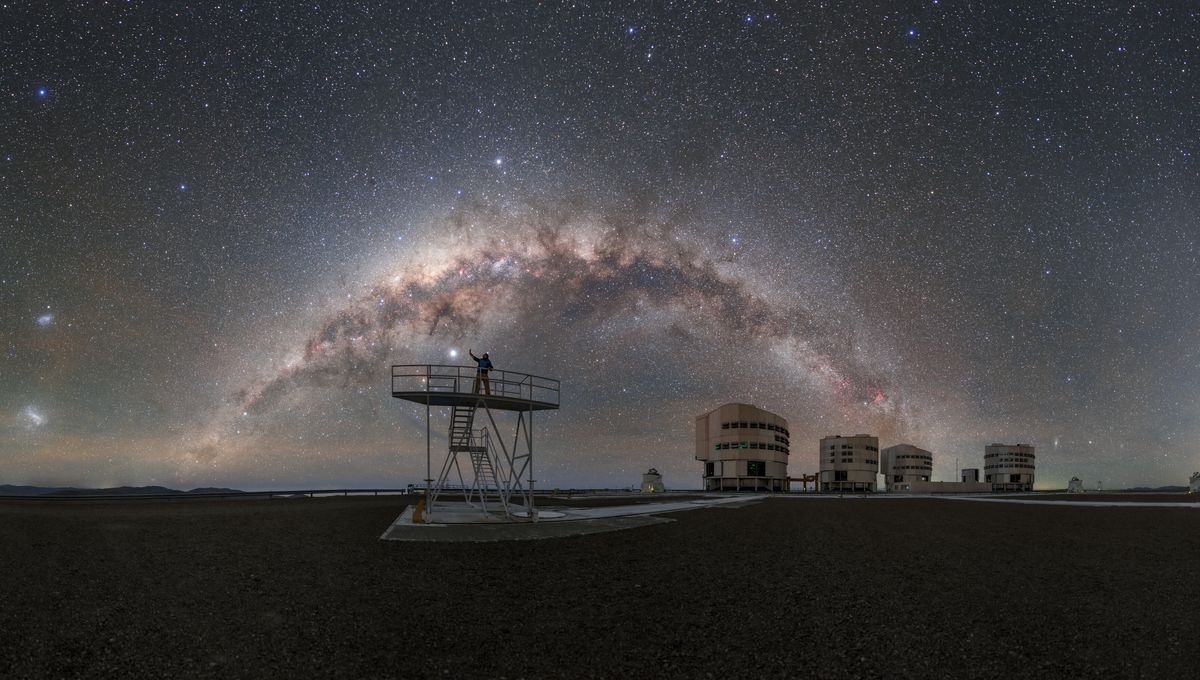
The Atacama Desert in Chile is home to some of the most pristine dark skies on the planet. Among the astronomical sites, Cerro Paranal has the darkest and clearest skies – it is no accident that some of the most advanced observatories are located there. Now, all of them are being threatened by a new industrial project located just a handful of kilometers away.
AES Andes – a subsidiary of the US energy conglomerate AES Corporation – is planning to build hydrogen and ammonia production plants, an industrial port, and thousands of generators over an area of 3,000 hectares. That’s about one-third of the area of Manhattan.
The project’s environmental impact assessment was submitted by AES Chile on Christmas Eve, but the company has yet to make an investment decision. The possible locations of the megaproject are between 5 and 11 kilometers (3 and 7 miles) from the observatory, incredibly close to the European Southern Observatory sites and their pristine skies.
“The proximity of the AES Andes industrial megaproject to Paranal poses a critical risk to the most pristine night skies on the planet,” ESO Director General, Xavier Barcons said in a statement. “Dust emissions during construction, increased atmospheric turbulence, and especially light pollution will irreparably impact the capabilities for astronomical observation, which have thus far attracted multi-billion-Euro investments by the governments of the ESO Member States.”
Atmospheric stability – thanks to a region with limited air pollution, plus the lack of any nearby sources of light pollution – makes the region ideal for astronomy. The Very Large Telescope and several other telescopes are at Paranal, and the Extremely Large Telescope is being built not too far away.
“Chile, and in particular Paranal, is a truly special place for astronomy — its dark skies are a natural heritage that transcends its borders and benefits all humanity,” added Itziar de Gregorio, ESO’s Representative in Chile. “It is crucial to consider alternative locations for this megaproject that do not endanger one of the world’s most important astronomical treasures.”
The increase of light pollution globally is endangering the night sky, which is a common heritage of humanity. People are calling how we are becoming more and more disconnected from what the sky at night should look like “nostalgia“. And it could be affecting our health and the environment in multiple ways – just recently, a link between excessive light pollution and Alzheimer’s disease in under-65s was uncovered.
Source Link: Power Company's Industrial Megaproject Plans Threaten World’s Darkest And Clearest Skies